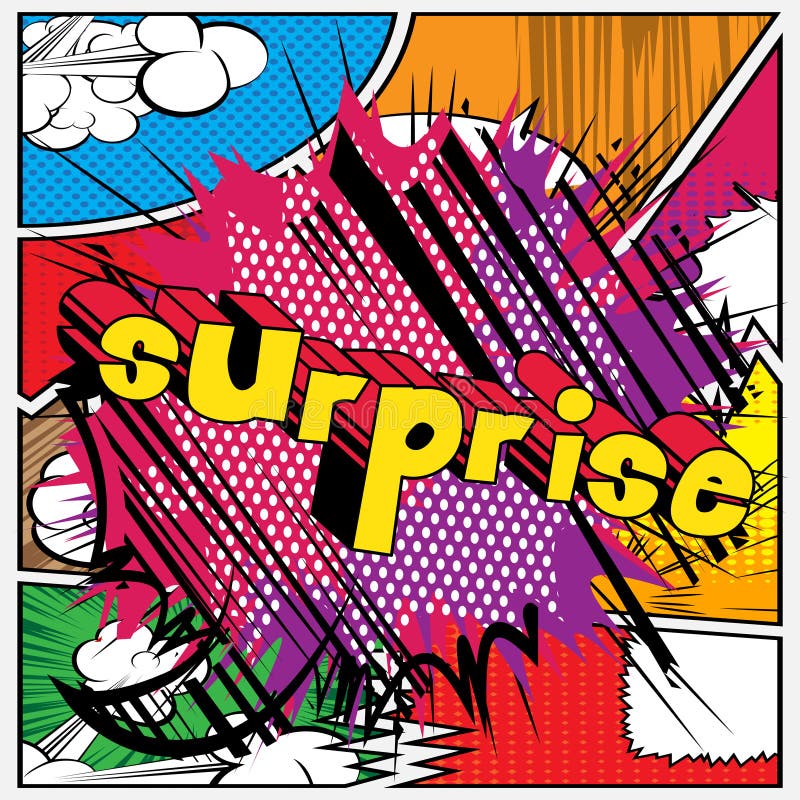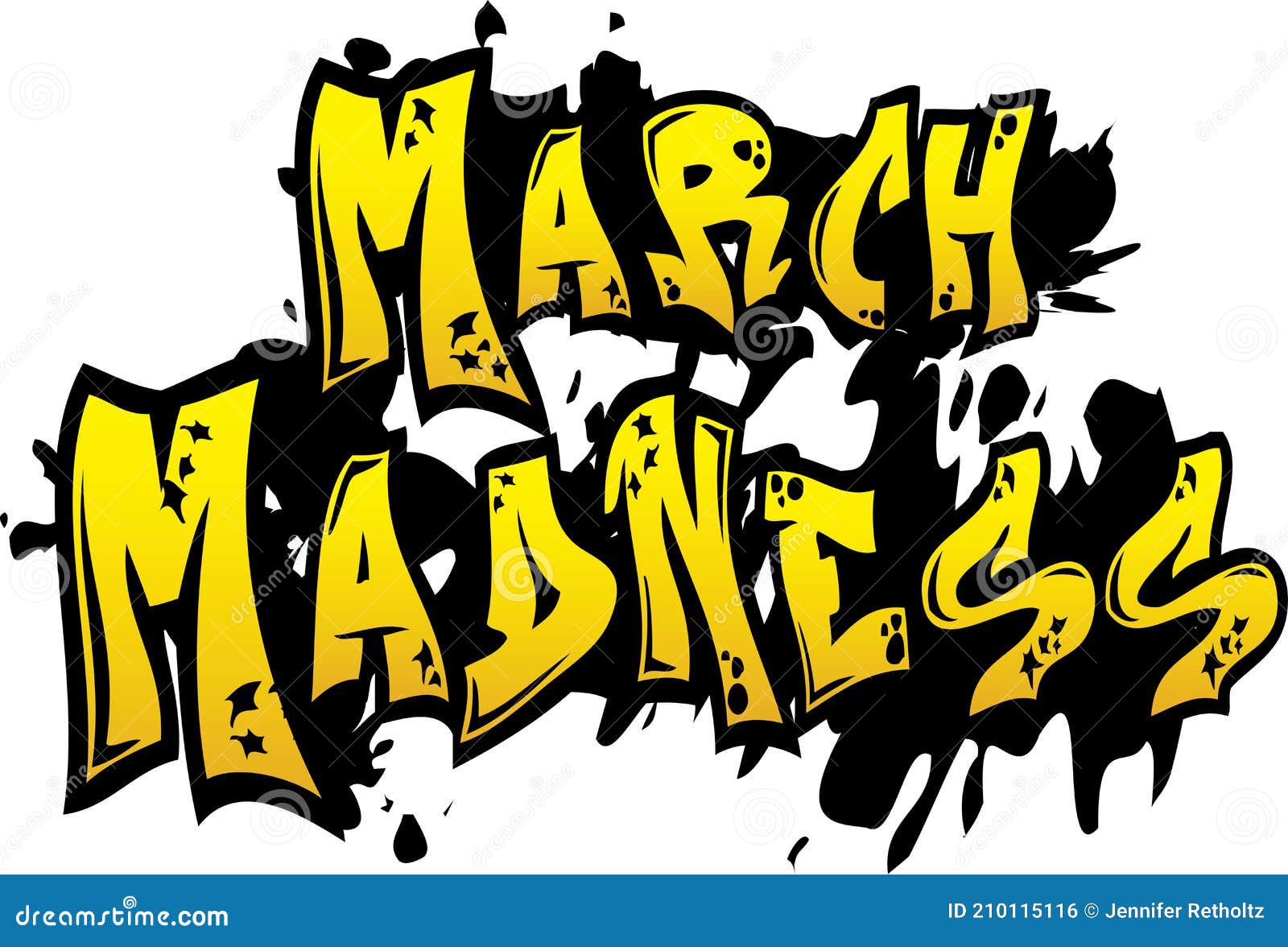

(This tail is still pointing towards the speaker.) The third option replaces the tail with a sort of bottleneck that connects with the side of the panel. The second option, which originated in manga, has the tail pointing into the bubble, instead of out.

The first is a standard speech bubble with a tail pointing toward the speaker's position (sometimes seen with a symbol at the end to represent specific characters). This style is often used in Mad Magazine, due to its " call-and-response" dialogue-based humor.Īn off-panel character (the comic book equivalent of being "off screen") has several options, some of them rather unconventional. When one character has multiple balloons within a panel, often only the balloon nearest to the speaker's head has a tail, and the others are connected to it in sequence by narrow bands. An in-panel character (one who is fully or mostly visible in the panel of the strip of comic that the reader is viewing) uses a bubble with a pointer, termed a tail, directed towards the speaker.

It is used in two forms for two circumstances: an in-panel character and an off-panel character. In Europe, where text comics were more common, the adoption of speech balloons was slower, with well-known examples being Alain Saint-Ogan's Zig et Puce (1925), Hergé's The Adventures of Tintin (1929), and Rob-Vel's Spirou (1938). By the start of the 20th century, word balloons were ubiquitous since that time, few American comic strips and comic books have relied on captions, notably Hal Foster's Prince Valiant and the early Tarzan comic strip during the 1930s. His words initially appeared on his yellow shirt, but word balloons very much like those used presently were added almost immediately, as early as 1896. Outcault's Yellow Kid is generally credited as the first American comic strip character. Containing the world's first comic strip it also made it the first to use speech bubbles. In the UK in 1825 The Glasgow Looking Glass, regarded as the world's first comic magazine, was created by English satirical cartoonist William Heath. With the development of the comics industry during the 20th century, the appearance of speech balloons has become increasingly standardized, though the formal conventions that have evolved in different cultures (USA as opposed to Japan, for example), can be quite distinct. They later became disused, but by 1904 had regained their popularity, although they were still considered novel enough to require explanation. Word balloons (also known as " banderoles") began appearing in 18th-century printed broadsides, and political cartoons from the American Revolution (including some published by Benjamin Franklin) often used them - as did cartoonist James Gillray in Britain. These were in common European use by the early 16th century. In Western graphic art, labels that reveal what a pictured figure is saying have appeared since at least the 13th century. Įarlier, paintings, depicting stories in subsequent frames, using descriptive text resembling bubbles-text, were used in murals, one such example witten in Greek, dating to the 2nd century, found in Capitolias, today in Jordan.

One of the earliest antecedents to the modern speech bubble were the " speech scrolls", wispy lines that connected first-person speech to the mouths of the speakers in Mesoamerican art between 600 and 900 AD. Speech bubbles in a 1953 Japanese yonkoma comic strip


 0 kommentar(er)
0 kommentar(er)
